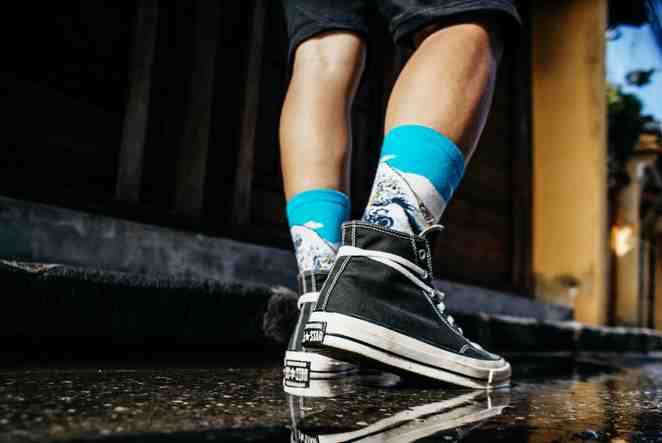
Benefits of walking
There is a common misconception that walking is not exercise. A lot of people believe that in order to be healthy and to lose weight, you need to do high impact exercise. Luckily, this is not the case.
Studies have shown that walking provides great overall cardiovascular fitness, reduces the risk of cancer and heart disease, lowers cholesterol levels, lowers blood pressure, helps alleviate lower back pain, and reduces the risk of arthritis and osteoporosis.
Walking also alleviates stress and depression and improves your immunity as well.
Additional benefits of walking include stimulating creativity and problem solving skills, as well as being used as a form of meditation.
Walking gives you the opportunity to be outdoors in the fresh air and the chance to watch the seasons change.
It is also the perfect way to get away from phones, pagers, faxes, e-mail, and other interruptions. And, in addition to all these great benefits, walking is safe, easy, and cheap.
What more can you ask for? Get out there and start walking!
Getting Started
Consult your doctor prior to starting any exercise program if you are sedentary, a 40+ male, or a 50+ female.
Stretch first to warm up your muscles. You should concentrate on stretching your torso, quadriceps, hamstring, gluteal muscles (buttocks), calves, and Achilles' tendon (heel). Hold each stretch for 15 to 30 seconds each, repeating at least once for each muscle group and being careful not to bounce.
- Wear loose fitting garments
- Always carry water when you walk.
- For beginners, walk 30 minutes a day 3 days a week, gradually increasing to 5 days a week.
How to Walk
- Start slow and easy, at your own pace.
- Push off from your back foot.
- Walk heel to toe with a rolling motion of the foot.
- Keep arms close to body and bent at an almost 90 degree angle to your body.
- Hold your head high, keep shoulders down and relaxed, chest should be out, and eyes looking straight ahead.
- Concentrate on breathing evenly and swinging your arms naturally.
Walking Gear
Shoes - Choose a comfortable, lightweight shoe that has shock absorbers in the heel and in the ball of the shoe. It should also bend at the widest part of the shoe. The back of the shoe should be soft and contoured to help your foot roll forward.
Socks - Wear white synthetic socks or white synthetic/cotton blend socks because colored dyes can aggravate athlete's foot. The heel and toe should be padded and, to prevent blisters, there should be no toe seams. The center of the sock should also have a tight weave to prevent bunching and slippage.
Hat/Visor - Wear a hat in the early morning hours to keep warm and a visor on hot days to protect your face from the sun and to allow the heat from your head to escape, keeping you cool.
Pedometer - for keeping track of how many miles you are walking.
Calorie Burn Counter - to help keep you motivated if you are trying to achieve weight loss.
10 Walking Tips
- If you don't have a solid block of time, break your walking into smaller chunks. For example, instead of walking 1 hour, walk for 30 minutes twice a day. Studies have shown that this is as beneficial as walking for 1 hour at one time.
- Wear reflective clothing at night and, if you must walk on a road or street that does not have a sidewalk, always walk facing traffic.
- Incorporate hills into your walking route. This adds variety and challenge to your workout and raises your metabolism by at least 10%.
- Interval train to get more out of your workout. Increase your walking speed for 1 or 2 blocks and then slow back down to your regular pace for the next 1 or 2 blocks. Continue to alternate between walking and speed walking.
- If you are walking solo, listen to music or an audio book but always make sure that you can still hear what is going on around you.
- Find a walking partner. In addition to the companionship provided, it will help keep you motivated as well.
- Alternate your route to prevent boredom. Take one route every other day and another one in between. In addition to neighborhoods try the beach, a park, or a trail.
- Another way to get more out of your walking routine is to swing your arms more. This helps burn more energy and helps you to walk faster.
- Add push ups, sit ups, and weight training to your pre-walk stretches to build muscle and strength.
- Keep a log of your time, distance, and calories burned for motivation.
Previous in Lifestyle: Twelve Weeks
Next in Lifestyle: Yoga